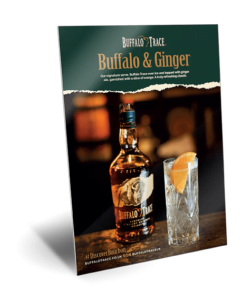Why Traditional Marketing Is Still Important

What is traditional marketing?
Traditional marketing follows the time old and tested ethos of the 4 Ps:
Product – the features, design elements, quality etc of the item you’re promoting.
Price – what the consumer pays. Is your product competitively priced? Can you offer discounts / offers? Are their extras or surcharges associated with the purchase? Is your price point fair?
Promotion – is your product getting publicity? How is it being promoted? Conventional advertising methods are often used here.
Place – location and distribution channels for your product.
In more recent years, the 4 P’s have evolved to the 7 P’s, including the following three aspects:
Process – the process of buying your product: how easy is it to find, how clear is the store layout, how fast is the checkout etc.
People – the people selling your product and the notion that they act as brand ambassadors. People are less likely to buy a product if the staff serving it are uninformed or rude. Customer service complements your product.
Physical Evidence – what the customer ‘sees’ of your product, for example clothes on models in a magazine or on a mannequin, or other people’s testimonials and reviews.
These P’s are often referred to as the ‘marketing mix’ – mix them well enough and your marketing will doubtless improve.
What are traditional marketing methods?
In terms of traditional marketing methods, the conventional and well-established advertising routes are:
- Written media: Newspapers, magazines, press releases
- Print: Signage, strut cards, banners etc (ideal for instore promotions)
- Broadcasting: TV and Radio
- Direct Mail (letters, flyers, leaflets etc)
- Telemarketing
- On Street Campaigns and promotions.
These more conventional routes are tried and tested methods of advertising a product, that don’t rely on the internet.
Why traditional marketing is still important
With the rise of digital marketing and online presence, many people may assume that traditional marketing is on the way out. On the contrary, when used properly, the online and offline forms of marketing can combine to provide your customers with effective, multi-platformed advertising.
But why is traditional marketing still so important?
Tried and tested
Traditional marketing is still important because traditional methods are tried, tested and trusted. They’ve worked well for so long that they aren’t going anywhere any time soon! As they say, if it aint broke, don’t fix it.
Well established with an older generation
Generally speaking, a lot of the nation’s buying power comes from the older half of the population. For most over 50s, the traditional marketing methods are more familiar – as such, it makes a lot of sense to maintain some traditional marketing and advertising, if you’re aiming your product at the Boomer Generation.
The four Ps offer a focussed target
The 4 Ps (or 7 Ps) offer a comprehensive targeting criteria to ensure you get a successful customer base. The more targeted your customer base is, the more likely they are to purchase your product.
Traditional and digital combine
Using traditional methods doesn’t stop you from also having a stellar digital presence. Use TV adverts, but also have social media! Ensure you’re on billboards and hard advertising materials, but also feature a cracking website.
Take a look at a brand like Aldi – their Kevin the Carrot commercials on TV were a huge hit, they then reinforced that branding with merchandise and an active and humorous social media presence. Aldi use traditional methods like instore signage, strut cards and shelf wobblers, alongside a firm digital presence.
Traditional marketing is still important. If you’re keen to complement your digital presence with some hard marketing materials, take a look at the variety of strut cards we have on offer, or contact one of our friendly team today!
